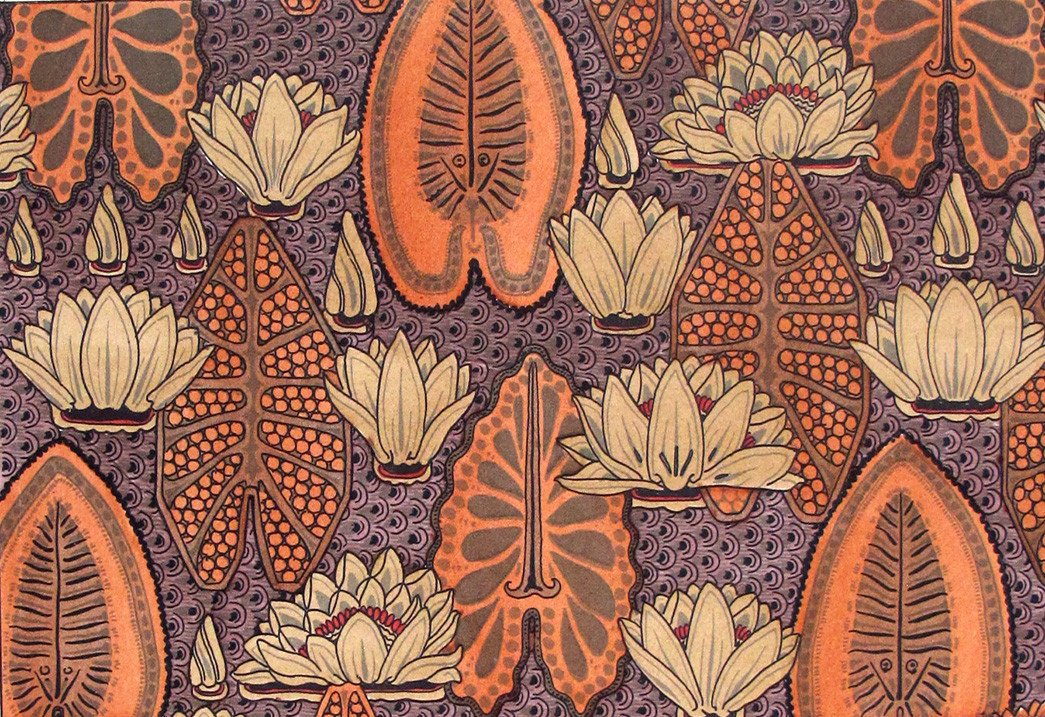
La Plante et ses Applications Ornementales: Eugène Grasset and the Birth of Modern Botanical Design
La Plante et ses Applications Ornementales: Eugène Grasset and the Birth of Modern Botanical Design
In the golden age of Art Nouveau, few works embody the marriage between art and nature as perfectly as La Plante et ses Applications Ornementales (1896). Conceived under the direction of Eugène Grasset, one of the movement’s most influential figures, this stunning folio of botanical plates redefined the role of natural forms in the decorative arts.
A Visionary Work in Two Series
The original edition, published in Paris by Charles Gillot and the Librairie Centrale des Beaux-Arts, consisted of 72 color lithographic plates, released over 12 monthly fascicles of six plates each. The collection is divided into two thematic series, each exploring how plants could be observed, stylized, and transformed into ornamental designs.
Each plate is structured in three registers:
- A botanical drawing of the plant.
- A stylized version, emphasizing rhythm, symmetry, and flow.
- A decorative application, showing the design as it could appear in wallpaper, glasswork, textiles, or architectural panels.
From Nature to Ornament
Grasset’s idea was revolutionary: nature was not simply to be copied, but interpreted — transformed into a visual language that could be applied to everyday objects. His process mirrors that of a botanist and a designer at once. Whether the subject is a delicate snowdrop, a noble sorb tree, or a simple gourd, each plate shows how flora can be a source of beauty, symbolism, and structure.
A Tool for Designers, A Treasure for Collectors
Originally intended as an educational reference for artists, artisans, and students of decorative design, La Plante soon became a collectible item. The technical mastery of its lithography, the poetic quality of its layouts, and the rarity of complete sets made it sought-after by institutions and collectors alike.
Today, many surviving copies are fragmentary, and individual plates are found in private hands, museums, and design archives. Each one represents a moment of late 19th-century artistic experimentation — where science met style, and nature became ornament.
A Revival of Botanical Elegance
At Prantique, we are proud to present a curated selection of original lithographs from La Plante, carefully preserved and authenticated. These works speak to lovers of Art Nouveau, botanical illustration, interior design, and historical printmaking.
Whether framed in gold or paired with modern minimalist decor, these plates remain timeless — artifacts of a world where craftsmanship and nature were inseparable.
In Grasset’s Own Words
Far from being a neutral preface, Grasset’s introduction to La Plante reads like a declaration of artistic purpose. Both proud and humble, he sees himself as entering into battle — for the integrity of decorative design and the moral clarity of craftsmanship.
“For my part, I go into this battle confident and sure of success, accompanied by a modest phalanx of young people — a fresh troop, if I may say so, as it increasingly includes many young women. And they are by no means the least valiant, especially today when life has become hard for all, and the sense of duty, often dulled or absent among men, has in such cases been replaced by the most abominable vanity — to the point that the title of ‘ornamentalist’, for some young men, has become almost as insulting as that of ‘surveyor’.”— Eugène Grasset, 1896
Later in the same preface, Grasset sets out his fundamental belief: that beauty, in nature or in design, is not a matter of opinion, but of structure, balance, and universal laws.
“I do not believe that the beautiful, the good, or the true are subjective. There are principles, rules, constants that dominate everything — and nature, by far our most perfect model, affirms this on every page.”— Eugène Grasset, 1896
Grasset on Drawing, Color, and the Discipline of Ornament
La Plante was not only a collection of floral designs, but also a manual of visual ethics. Grasset makes clear that nothing in this book is magic or mystery — only the disciplined observation of nature, and its reinterpretation through personal vision and craftsmanship.
“There is no secret nor trick in the models of this work. On the contrary, each example is accompanied by a plate drawn from nature with the utmost rigor, and everyone may, by comparing the study and its interpretation, try to do the same, guided by their personal feeling. Indeed, although this publication offers more than 150 motifs ready to be executed, it will be possible, by analogy, to multiply them infinitely.”— Eugène Grasset, 1896
Then comes his boldest affirmation — a defense of true color as the visible soul of ornament. And a rejection of “decorative greys” in favor of full chromatic power:
“This collection could not do without color; for if drawing is the decision of the materialized idea, color is its visible sensitivity. Far from us be the grey — the ashen, the tomb-like, the impotent grey, the ‘decorative’ grey! If we speak of color, it is true color we mean, with its full keyboard. It is time to restore this powerful element of effect, now so misunderstood, so contaminated, so barbarically misused. We will draw new strength from contact with nature: we will tap into a new blood, rich and generous.”— Eugène Grasset, 1896
“We bring not empty words — always easy to find — but what is far harder: deeds.”— Eugène Grasset, 1896

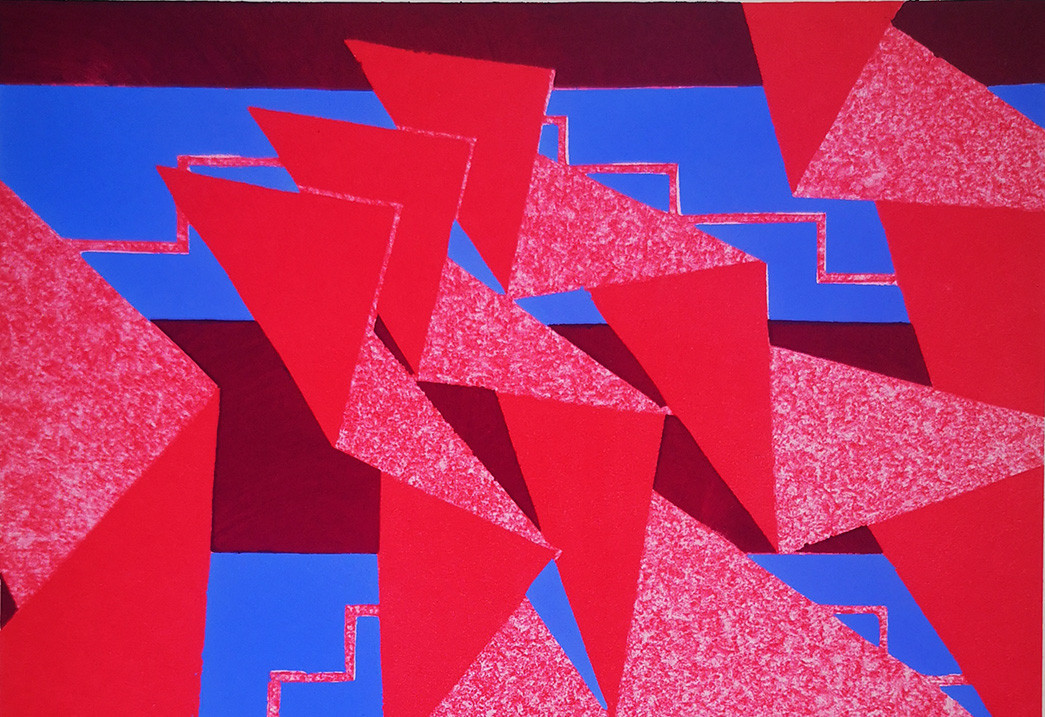

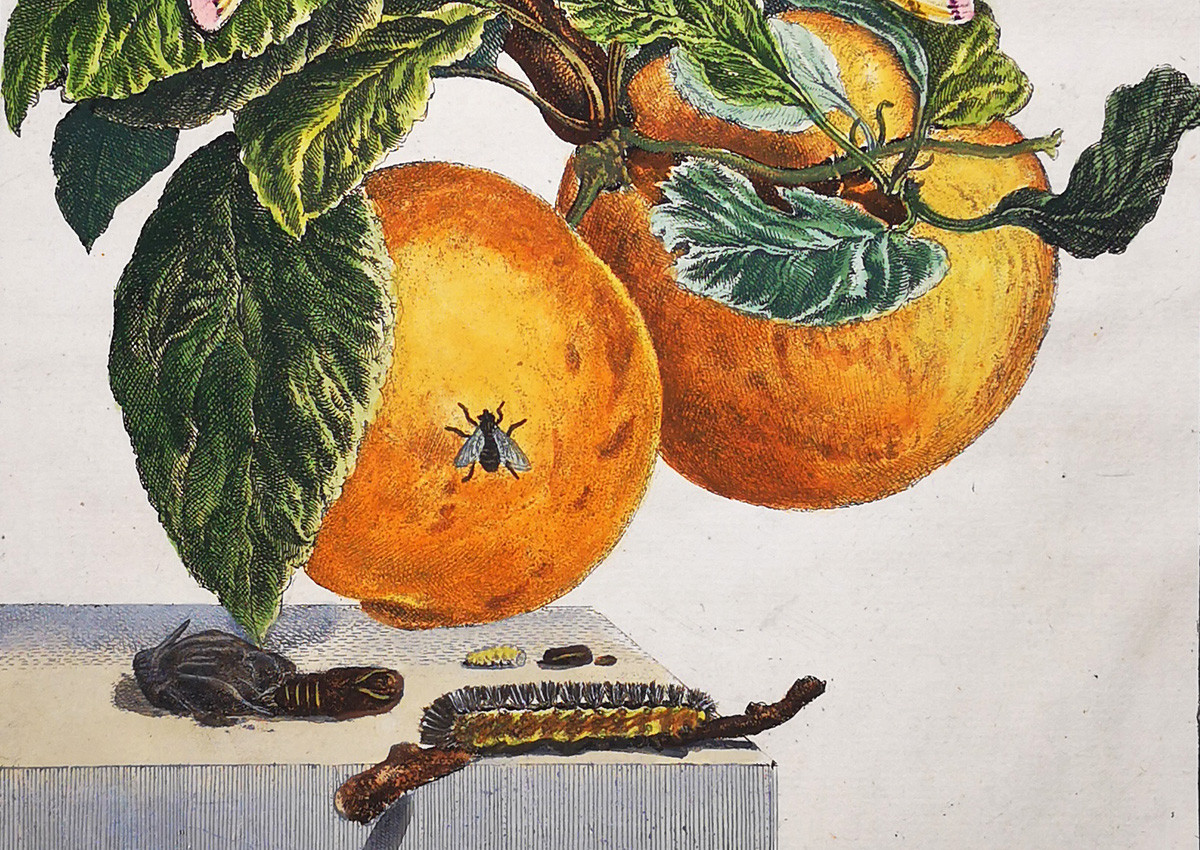
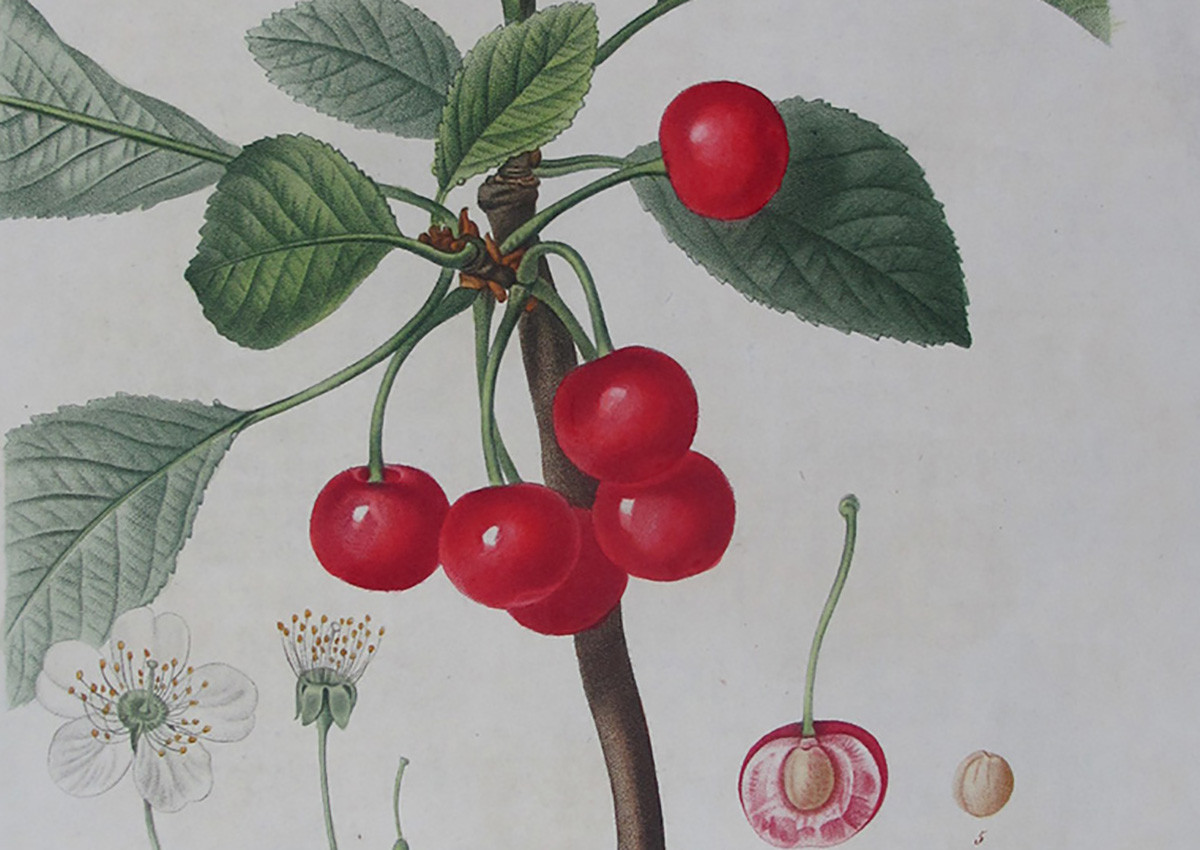
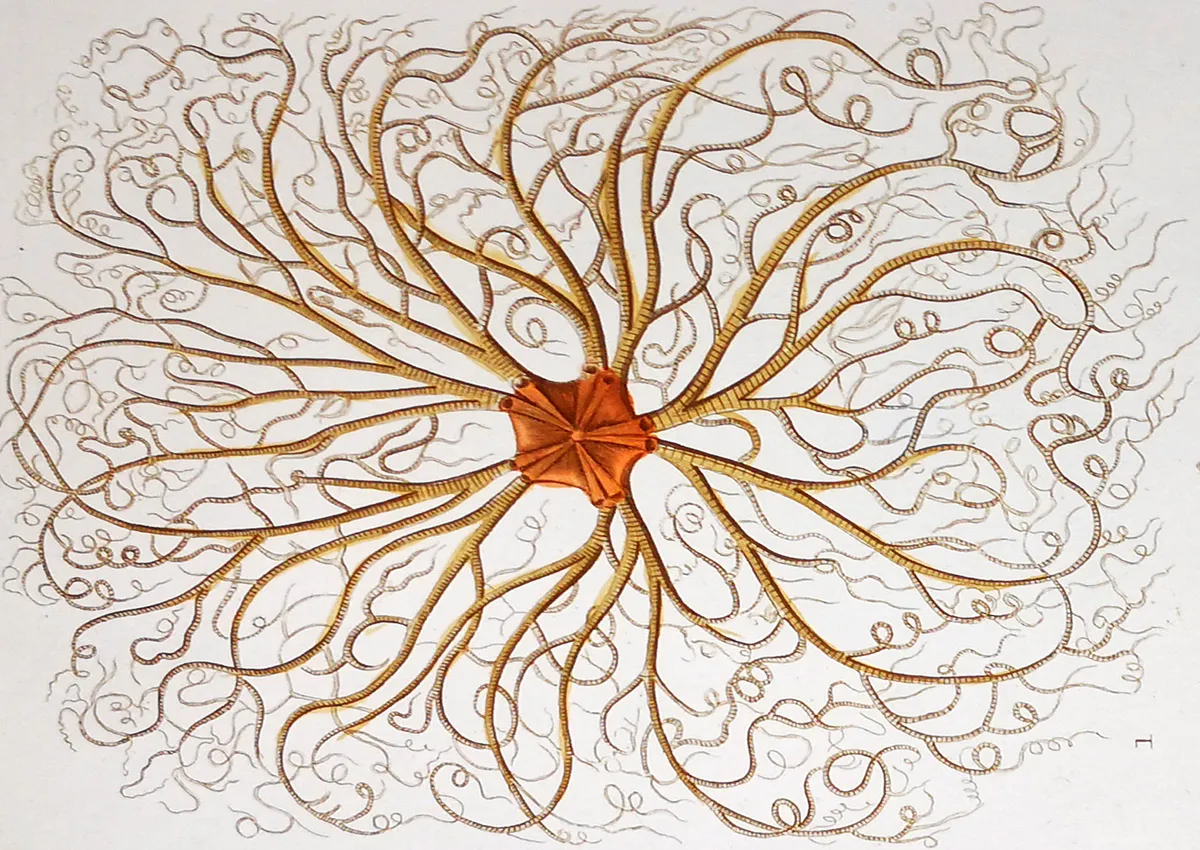
Leave a comment